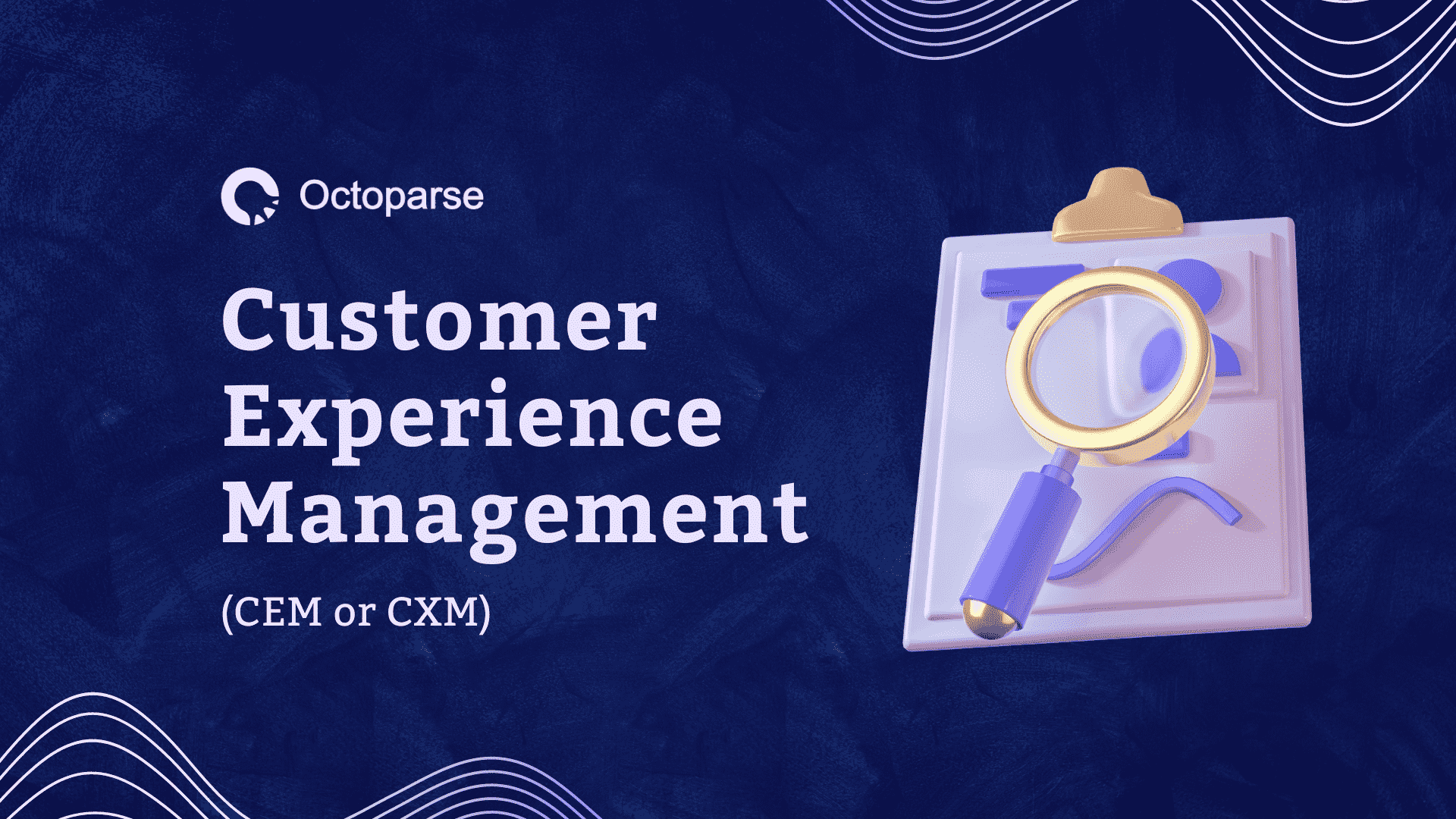
In today’s competitive business landscape, delivering exceptional customer experiences has become the key to building strong, lasting relationships with customers. While Customer Relationship Management (CRM) and Customer Experience Management (CEM) are both essential for understanding and serving customers effectively, CEM plays a pivotal role in shaping the overall perception and satisfaction of customers.
Customer Relationship Management is Based on the Company’s Input
CRM platforms primarily focus on the company’s input, compiling valuable data about customers, such as contact information, purchase history, and interaction records. This information helps businesses assess their relationships with customers, identify factors influencing purchase decisions, and take actions to improve interactions. However, CRM data alone provides an incomplete picture, as it does not consider the customers’ perspective and their direct input.
Customer Experience Management is Based on the Customer’s Input
This is where CEM comes into play. CEM platforms prioritize the management aspect of crafting and delivering experiences, aiming to build stronger customer loyalty and retention. By gathering and analyzing customer feedback, opinions, and actions, CEM provides invaluable insights into what customers like about their experiences and what they’d like to see improved. This customer-centric approach enables businesses to make informed decisions based on the voice of the customer.
What’s the Difference Between CRM & CEM?
CRM focuses on actions your business takes to benefit your customers, while CEM focuses on identifying and interpreting the ways in which your customers interact with your business.

5 Ways CRM & CEM Work Together
- Voice of the customer
Combined, a CRM platform and a CEM platform paint the picture of who experienced what and why they’re feeling a certain way about a brand. - Customer satisfaction
The integration of CRM and CEM is crucial for assessing customer satisfaction (CSAT) comprehensively. CEM metrics help paint a complete picture of CSAT levels, both broadly and individually, allowing businesses to establish benchmarks, observe how changes affect satisfaction, and detect early issues. - Two-way communication with customers
CEM promotes two-way communication between businesses and customers, facilitating a deeper understanding of customer expectations, pain points, and preferences. This knowledge empowers organizations to refine their products, services, and delivery methods to better address customer challenges and enhance their overall experience. - Customer pain point insights
CEM provides in-depth knowledge about both isolated and recurring issues, enabling businesses to identify and remodel the most impactful areas, thereby improving customers’ overall experience. - At-risk customer identification
CEM plays a critical role in identifying at-risk customers who may be begrudgingly loyal due to a lack of better options. By leveraging CEM metrics, businesses can identify these unsatisfied yet loyal customers and take proactive steps to improve their experiences, showing that their opinions and satisfaction matter beyond the profits they generate.
In conclusion, while CRM and CEM work hand in hand to create positive customer experiences, CEM’s emphasis on the customer’s input and perspective makes it a vital component in delivering exceptional experiences. By prioritizing CEM and integrating it with CRM strategies, businesses can gain a comprehensive understanding of their customers, make informed decisions, and continuously improve their offerings to meet and exceed customer expectations. In today’s customer-centric world, investing in CEM is not just a choice; it’s a necessity for building strong, lasting relationships and achieving long-term success.
CRM data should be used to enhance CEM, and positive customer experiences (as sought in customer experience management) boosts the effectiveness of CRM activities. Therefore, an effective business strategy should integrate both CRM and CEM for maximum customer satisfaction and loyalty.
Octoparse offers a platform for customer experience management that drives loyalty at every point along the customer journey. It allows you to capture and analyze signals, predict behavior, and create experiences that keep customers wanting more.
Schedule a demo with an Octoparse CEM expert — we’ll discuss what our customer experience management platform can do with your CRM platform to unlock actionable insights and deliver personalized experiences to customers.


